Home>Interior Design>How Do You Decorate A Small Space On A Budget? 6 Tips That Save On Space And Money
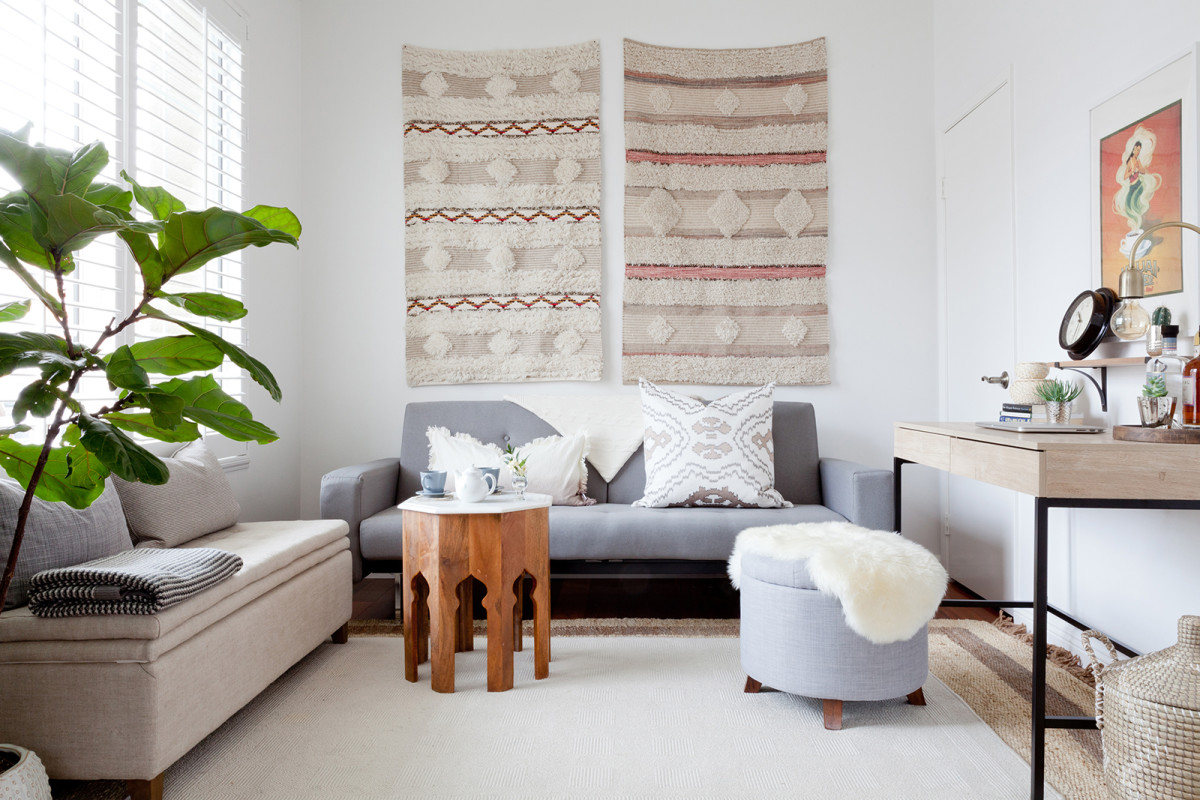

Interior Design
How Do You Decorate A Small Space On A Budget? 6 Tips That Save On Space And Money
Modified: October 20, 2024
Looking for interior design tips to decorate a small space on a budget? Check out these 6 space-saving and cost-effective ideas to transform your space without breaking the bank.
(Many of the links in this article redirect to a specific reviewed product. Your purchase of these products through affiliate links helps to generate commission for Storables.com, at no extra cost. Learn more)
Introduction
Decorating a small space on a budget can be a challenging task, but with the right approach, it is absolutely possible to create a stylish and functional living area without breaking the bank. Whether you have a small apartment, a cozy studio, or a compact room, there are plenty of innovative and cost-effective solutions to maximize your space and create a beautiful environment.
In this article, we will share six tips that will help you decorate your small space on a budget. These tips will not only save space but also save you money in the process. Let’s dive in!
Key Takeaways:
- Maximize vertical space, utilize multi-functional furniture, and incorporate hidden storage solutions to create a stylish and functional small space on a budget. Embrace light colors, mirrors, and small-scale accessories for an open and inviting atmosphere.
- Transform your small space into a beautiful oasis by strategically using mirrors, incorporating light colors, and decorating with small-scale accessories. Embrace natural light, declutter, and personalize your space for a cozy and stylish environment.
Tip 1: Maximize Vertical Space
When it comes to decorating a small space, one of the most effective strategies is to make the most of your vertical space. Vertical space refers to the area between the floor and the ceiling, and utilizing it smartly can instantly create the illusion of a larger and more open space.
Start by installing tall and narrow shelves or bookcases that reach up to the ceiling. This will not only provide you with ample storage space for books, decor items, and other belongings, but it will also draw the eye upward, making the room appear taller and more spacious.
Another way to maximize vertical space is to hang curtains and artwork higher than the window frame. By doing so, you create the illusion of higher ceilings, giving the room a more open and airy feel.
If you have limited floor space, consider investing in wall-mounted storage solutions. Wall-mounted shelves, pegboards, and hooks can be used to store and display items such as plants, kitchen utensils, and office supplies, freeing up valuable surface space.
Lastly, don’t forget about the potential of your walls. Vertical gardens or hanging planters can add a touch of greenery without taking up floor space. Additionally, wall-mounted mirrors can reflect light and create the illusion of depth, making the room feel larger than it actually is.
By maximizing your vertical space, you can create a visually appealing and functional living area that feels spacious and welcoming, even in the tightest of spaces.
Tip 2: Use Multi-functional Furniture
When you have limited space, every piece of furniture needs to serve multiple purposes. Investing in multi-functional furniture is a smart way to make the most out of your small space while also saving money.
Start by considering a sofa or a bed that doubles as a storage unit. Look for options with built-in drawers or hidden compartments where you can store blankets, pillows, or other items. This way, you can free up space in your closets or cabinets and keep your living area neat and organized.
Another great multi-functional furniture piece is a convertible dining table. Opt for a table that can be expanded when you have guests over and folded down to a smaller size when you need more space. Some even come with built-in storage for tableware or other items.
Additionally, think about investing in nesting tables or ottomans that can be used as both side tables and extra seating when needed. These versatile pieces can be easily tucked away when not in use, saving valuable space in your small living area.
Consider opting for modular furniture as well. Modular pieces allow you to customize and adapt your furniture based on your needs. For example, you can have a modular shelving system that can be rearranged to fit different spaces and accommodate changing storage needs.
Lastly, don’t forget about the utility of folding or collapsible furniture. Folding chairs, tables, or wall-mounted desks can be easily stored away when not in use, giving you more flexibility in your small space.
By choosing multi-functional furniture, you not only maximize the functionality of your space but also save money by eliminating the need for additional storage units or pieces of furniture.
Tip 3: Utilize Hidden Storage Solutions
Storage is often a challenge in small spaces, but with some clever solutions, you can make the most out of every inch. Hidden storage options are a great way to keep your belongings organized and out of sight, making your space feel clean and spacious.
One of the easiest ways to incorporate hidden storage is by utilizing furniture with built-in storage compartments. Look for ottomans, coffee tables, or TV stands with hidden storage inside. These pieces can be used to store items such as blankets, board games, or DVDs, while also serving their primary function.
Another creative storage solution is to make use of the space under your bed. Invest in bed risers to elevate your bed a few inches off the ground, creating additional space underneath. You can then use storage bins or vacuum-sealed bags to store off-season clothing, bedding, or shoes.
Consider installing floating shelves with hidden brackets. These shelves provide extra storage space for books, plants, or decorative items and create a visually appealing display. The hidden brackets give the illusion of floating shelves, making them a stylish addition to your small space.
Additionally, don’t neglect the back of doors or walls. Install hooks or racks on the back of your closet door to hang accessories, like scarves or belts. You can also use wall-mounted baskets or bins to store small items like keys or mail near the entrance.
If you have a small kitchen, make use of magnetic strips on the inside of cabinet doors to hang knives or other metal utensils, saving you counter and drawer space. Use stackable storage containers in your pantry to maximize storage and keep your food items organized.
By utilizing hidden storage solutions, you can keep your small space clutter-free and maximize the functionality of every area, creating a clean and organized environment.
1. Use multipurpose furniture, such as a sofa bed or a coffee table with storage, to maximize functionality in a small space without breaking the bank.
Tip 4: Utilize Mirrors for Illusion of Space
When it comes to decorating a small space, mirrors are your best friend. They have the incredible ability to create the illusion of a larger and more open area, making them a must-have in any small room.
The key to using mirrors effectively is to strategically place them in areas that will maximize their impact. Start by installing a large mirror on the wall opposite a window. This will reflect natural light and make the room appear brighter and more spacious. The reflection of the outdoor scenery can also give the impression of an extended view, making the room feel larger than it actually is.
In addition to a large mirror on the wall, consider incorporating smaller mirrors throughout the space. Hang a mirror near the entryway to give the illusion of a larger foyer. Place mirrors on the walls adjacent to each other to create the illusion of depth and make the area feel more expansive.
If you have a small living room, consider leaning a tall mirror against the wall. This not only adds visual interest but also reflects light and makes the ceiling appear higher, creating a sense of openness.
In the bathroom, a well-placed mirror above the sink can make the space feel larger and more luxurious. Consider installing a mirror with built-in storage behind it, providing an additional hidden storage option.
It’s also worth noting that the shape and frame of the mirror can contribute to the overall aesthetic of your space. A round mirror can soften the angles in a room and add a touch of elegance, while a mirror with a decorative frame can become a statement piece on its own.
Remember to clean your mirrors regularly to ensure they reflect the maximum amount of light, enhancing the spacious feel of your small space.
By strategically incorporating mirrors into your small space, you can create the illusion of a larger area, while also adding style and brightness to your room.
Read more: How To Decorate A Small Balcony On A Budget
Tip 5: Incorporate Light Colors and Natural Light
When it comes to decorating a small space, the color palette you choose can have a significant impact on how spacious and inviting your room feels. Opting for light colors is key to creating a sense of openness and airiness in a small area.
Start by painting the walls in light and neutral tones such as whites, creams, or pastel shades. These colors reflect light rather than absorbing it, making the room appear brighter and more expansive. Avoid dark and bold colors, as they can make the space feel smaller and more confined.
In addition to the walls, consider using light-colored furniture and accessories. Light-colored upholstery, such as white or beige, can give the illusion of more space. If you prefer some pops of color, incorporate them through pillows, throws, or artwork.
Another way to maximize natural light is to keep your windows unobstructed. Avoid heavy curtains or blinds that block out light. Instead, opt for sheer or light-colored curtains that allow natural light to filter through while still providing privacy when needed.
Utilize any available natural light to its fullest potential. Remove any obstacles that may block the light from entering the room, such as furniture or tall plants. Position mirrors strategically to reflect and amplify natural light throughout the space.
If your small space lacks natural light, consider incorporating artificial lighting that mimics natural light. Opt for warm and soft lighting fixtures that create a welcoming and cozy atmosphere. Avoid harsh and bright lighting, as it can make the room feel sterile and cramped.
Lastly, make use of reflective surfaces to further enhance the light in your small space. Incorporate glass tabletops, mirrored furniture, or metallic accents to bounce light around the room and give the illusion of a more expansive area.
By incorporating light colors and maximizing natural light, you can create a bright and inviting small space that feels open and airy.
Tip 6: Decorate with Small Scale Accessories
When it comes to decorating a small space, it’s important to pay attention to the scale of your accessories. Using small-scale accessories can help create a visually balanced and uncluttered environment, ensuring that your space feels cozy and inviting rather than cramped and overwhelming.
Start by choosing appropriately sized furniture and decor items. Opt for a smaller sofa or loveseat instead of a bulky sectional. Select a coffee table or side tables that are proportional to the size of your seating area. This will help create a functional and aesthetically pleasing arrangement without overwhelming the space.
When it comes to decor, consider using smaller items that still make a statement. Instead of large artwork, opt for a gallery wall of smaller frames or a collection of smaller art pieces. This adds visual interest without overpowering the space. Similarly, instead of large floor vases, use smaller decorative accents such as ceramic or glass vases or even small potted plants to add a touch of nature.
It’s also important to declutter and avoid over-accessorizing. Keep surfaces and shelves as clear as possible, and choose a few key decor items that speak to your personal style. By allowing negative space and keeping things minimal, you can create a more open and breathable atmosphere.
Utilize storage solutions specifically designed for small spaces to keep your accessories organized and out of sight when not in use. Look for storage ottomans, baskets, or wall-mounted shelves that can store items discreetly, preventing clutter from overtaking your space.
Take advantage of vertical wall space by incorporating small-scale wall decor. Use floating shelves to display small collections or place small decorative accents like framed photos or small plants on narrow wall-mounted ledges. This not only adds personality to your space but also keeps surfaces clear and uncluttered.
Finally, remember that small scale does not mean sacrificing style or personality. Look for unique and interesting accessories that add character to your space. Mix textures, patterns, and colors to create a visually engaging and inviting atmosphere that reflects your personal taste.
By decorating with small-scale accessories, you can create a well-balanced and visually appealing small space that is both functional and stylish.
Conclusion
Decorating a small space on a budget can be a fun and rewarding challenge. By implementing the six tips mentioned in this article, you can maximize your space and create a stylish and functional environment without breaking the bank.
Starting with maximizing vertical space, utilizing multi-functional furniture, and incorporating hidden storage solutions, you can make the most out of every inch of your small space. By strategically placing mirrors and incorporating light colors, you can create the illusion of a larger and more open area.
Lastly, decorating with small-scale accessories allows you to add personality and style without overwhelming the space. Remember to keep surfaces clear, embrace natural light, and embrace your personal taste to make your small space truly feel like home.
Ultimately, the key to decorating a small space on a budget is to be creative and resourceful. Look for innovative solutions, shop smartly, and think outside the box. With a little effort and thoughtfulness, you can transform your small space into a beautiful and functional oasis that reflects your personality and meets your lifestyle needs.
So go ahead and embark on your small space decorating journey with confidence. With these tips and a bit of imagination, you can create a space that you’ll love and enjoy for years to come.
Frequently Asked Questions about How Do You Decorate A Small Space On A Budget? 6 Tips That Save On Space And Money
Was this page helpful?
At Storables.com, we guarantee accurate and reliable information. Our content, validated by Expert Board Contributors, is crafted following stringent Editorial Policies. We're committed to providing you with well-researched, expert-backed insights for all your informational needs.
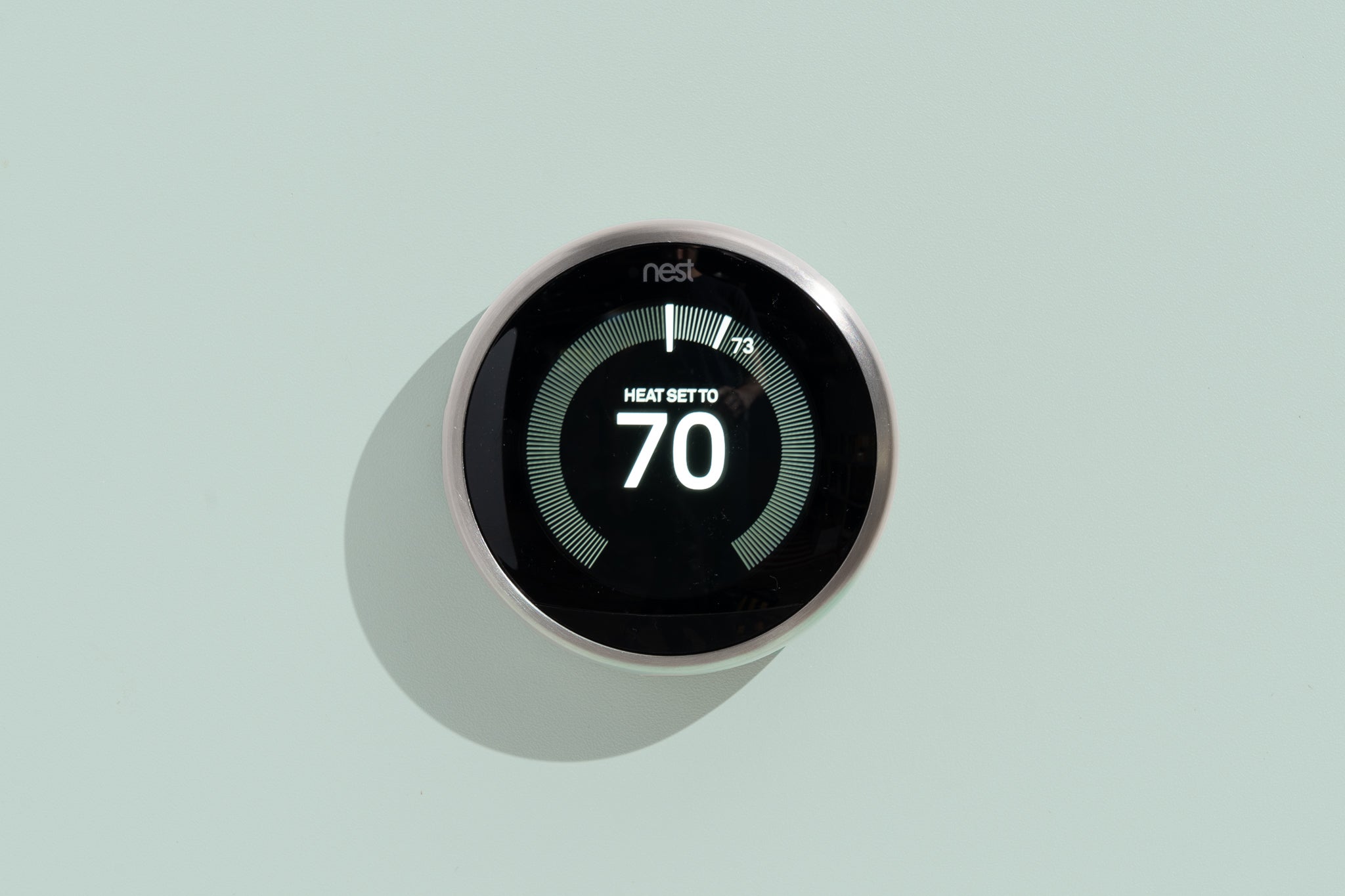
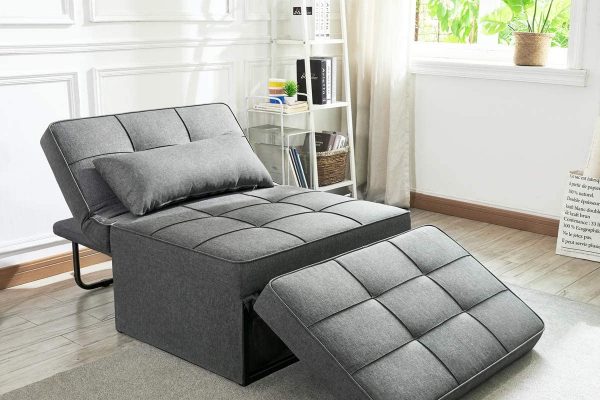
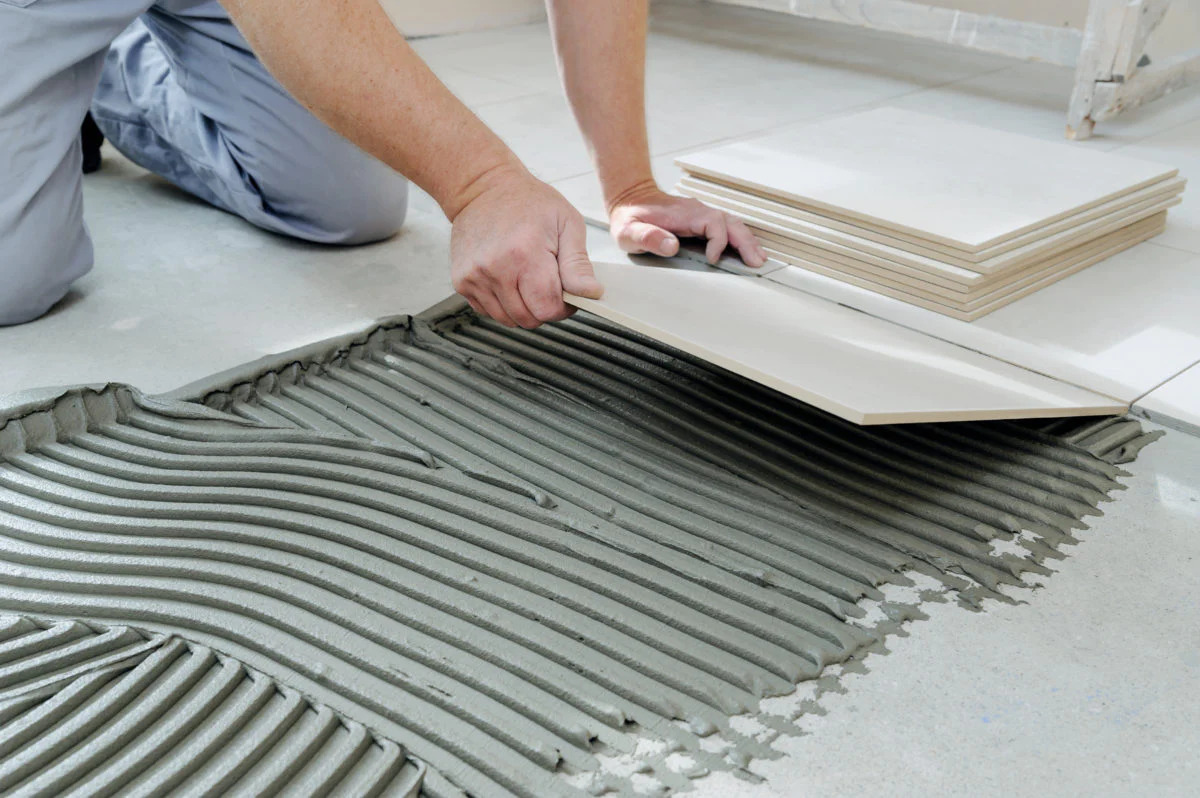
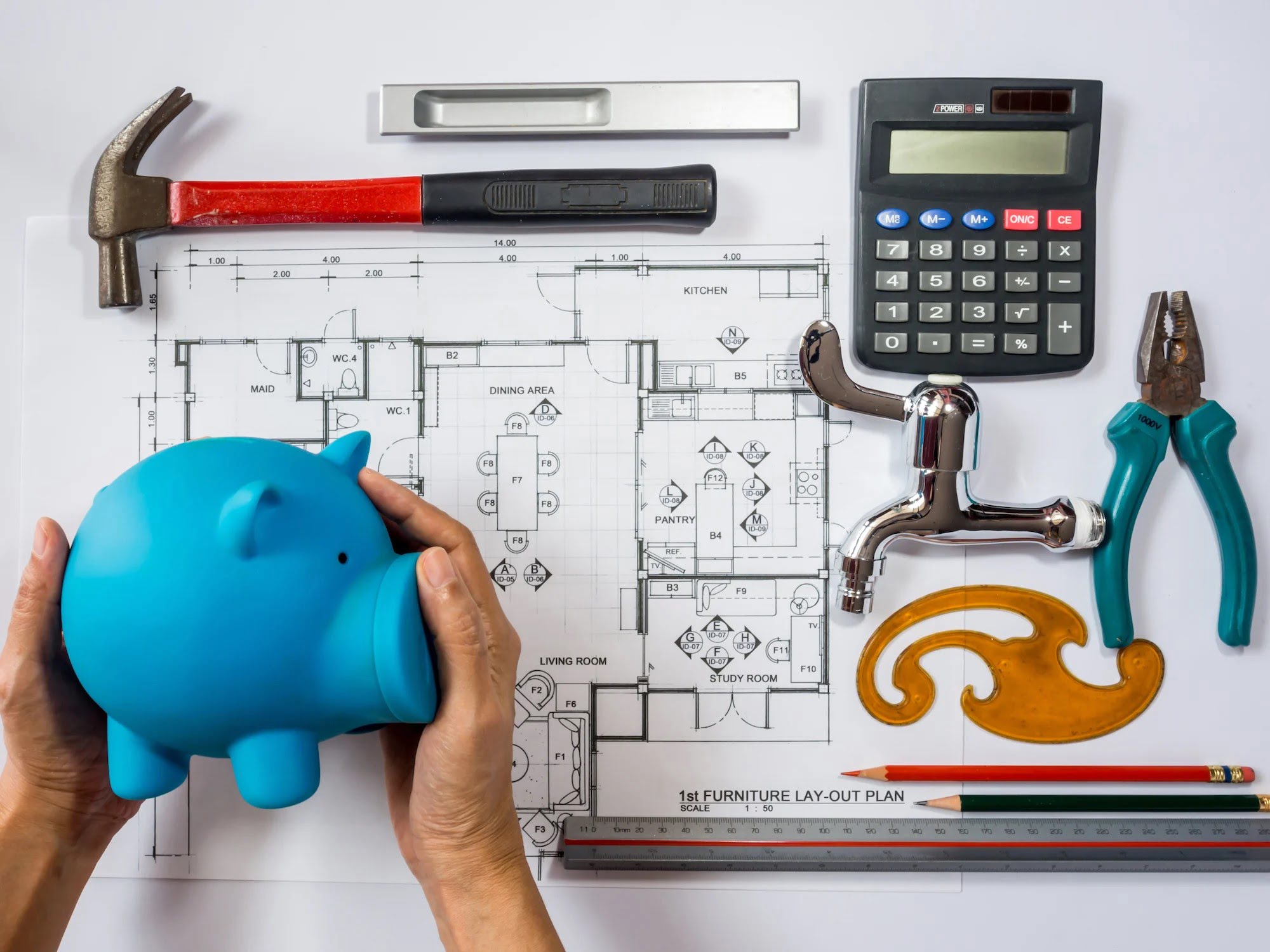
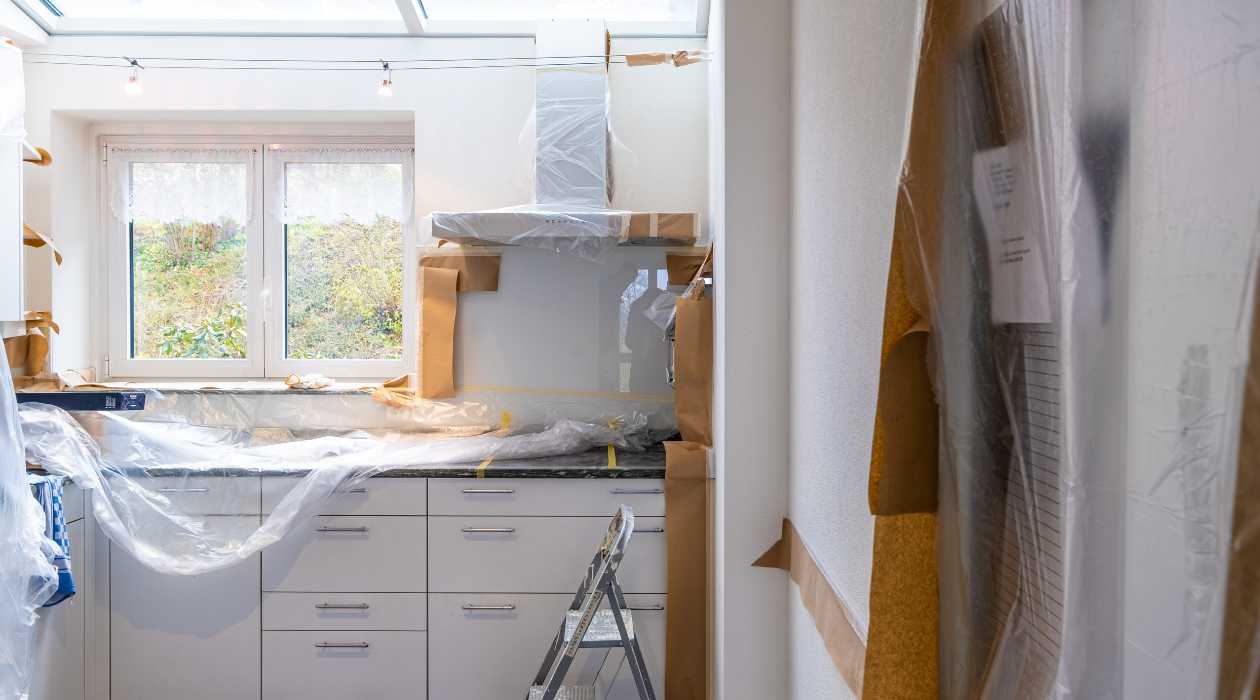




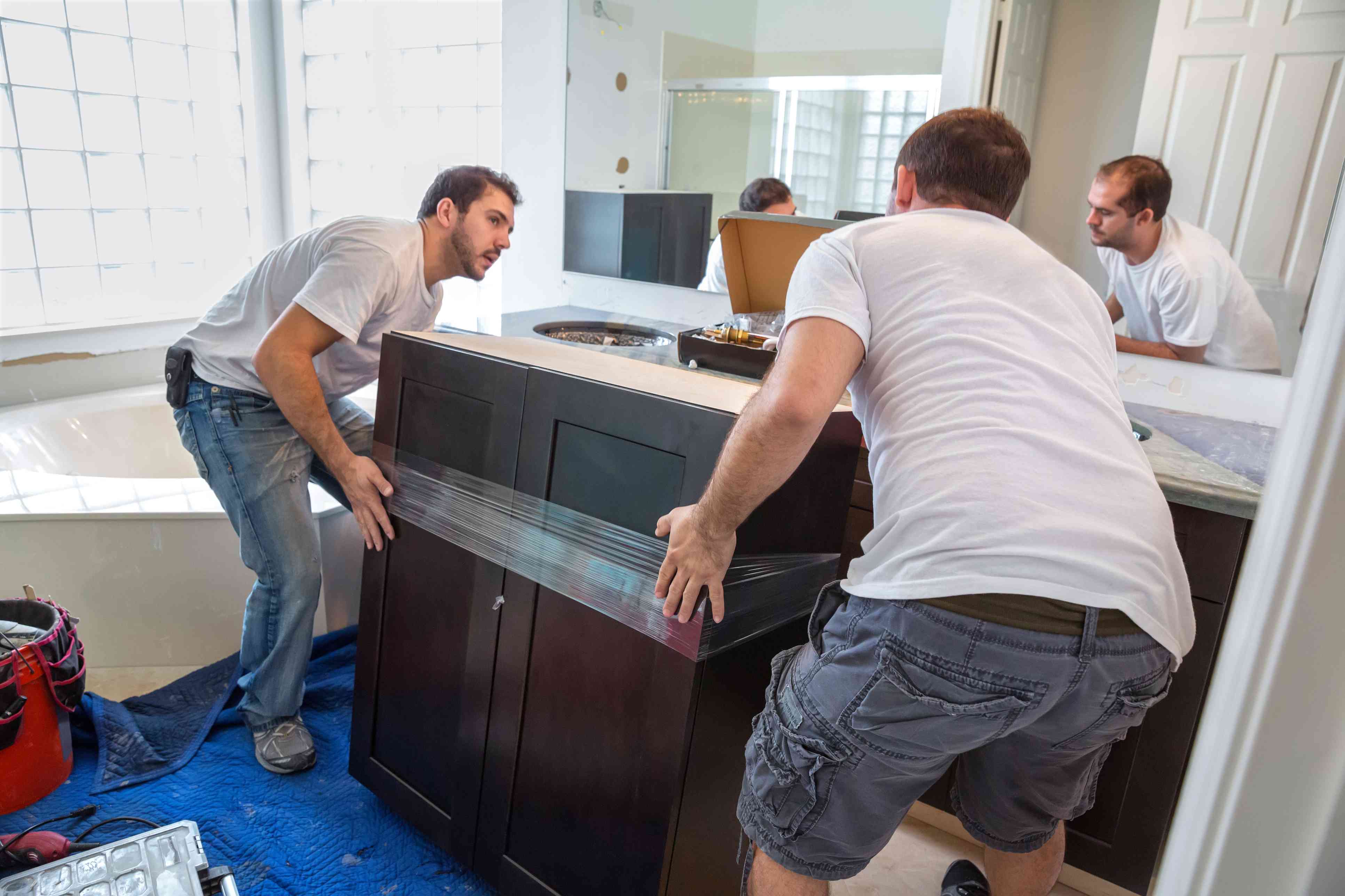





0 thoughts on “How Do You Decorate A Small Space On A Budget? 6 Tips That Save On Space And Money”